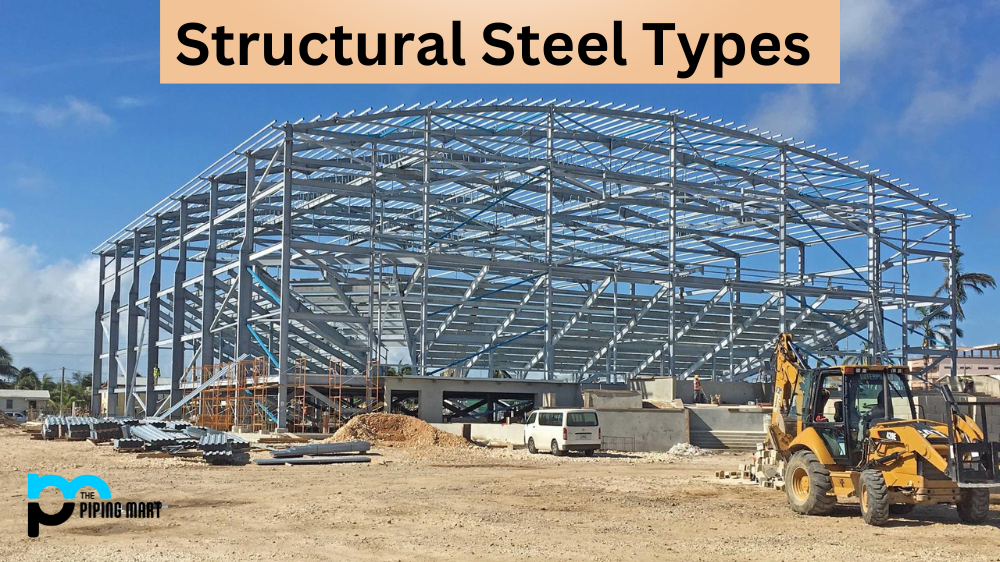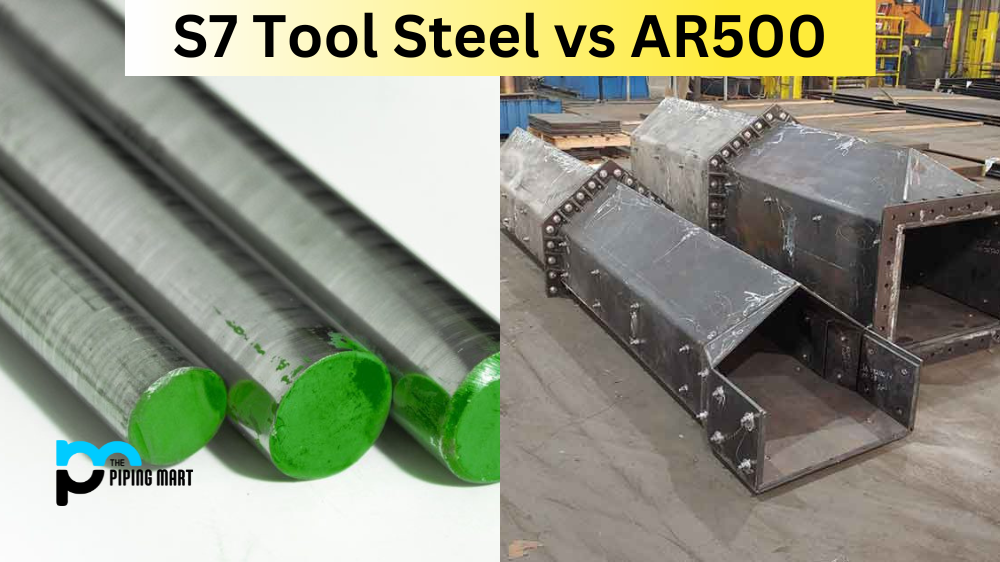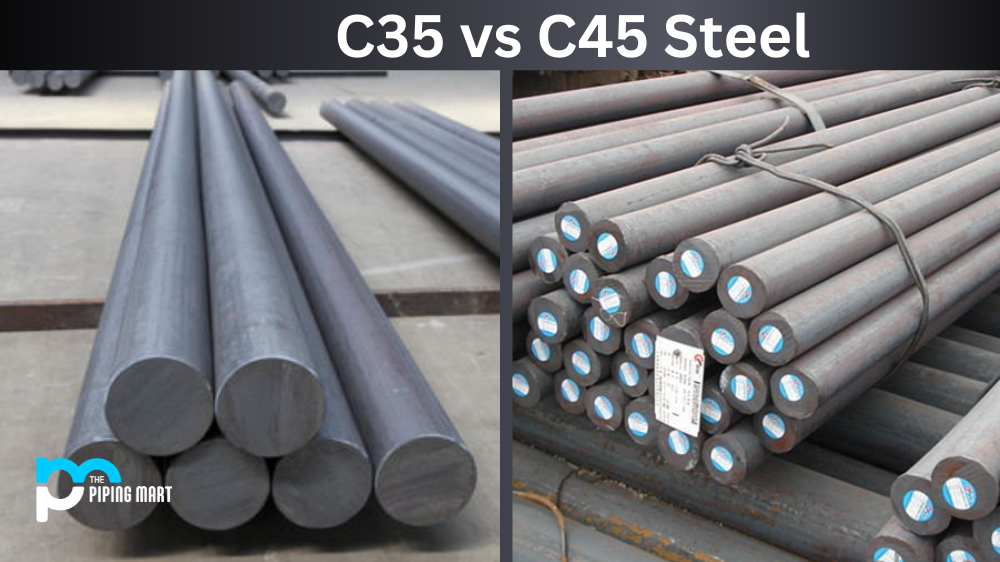Inconel is a superalloy containing nickel, chromium, and molybdenum with additional elements used for specific industrial applications. When selecting a superalloy for particular engineering needs, it’s important to understand the differences between different types of alloys. Let’s take a look at two popular Inconel alloys – 82 and 625.
Difference Between Inconel 82 and 625
Inconel 82 (UNS N07208) and 625 (UNS N06625) are both popular materials used in various industrial applications such as heat exchangers, furnace components, and exhaust systems. Both have excellent corrosion resistance and oxidation resistance and are highly resistant to stress corrosion cracking. But there are certain characteristics that differentiate the two materials.
Inconel 82
Inconel 82 has higher levels of nickel and chromium than Inconel 625. This gives it better creep-rupture strength at high temperatures (up to 1300°C). It also has higher tensile strength than Inconel 625, which makes it suitable for applications where parts must remain strong under high-temperature stress or vibration, such as gas turbines or chemical reactors. However, due to its higher content of alloying elements like nickel and chromium, Inconel 82 is also more expensive than Inconel 625.
Inconel 625
Inconel 625 has lower levels of nickel and chromium but still maintains good creep-rupture strength up to 900°C due to its high molybdenum content. It also has superior weldability compared to Inconel 82, which makes it easier to fabricate into complex shapes using welding techniques such as TIG welding or MIG welding. As a result, it is often used in applications where parts must be shaped or formed into intricate designs, such as aircraft turbine blades or medical implants.
- Inconel 82 is an austenitic nickel-chromium alloy with excellent corrosion resistance and high strength.
- Inconel 625 is an austenitic nickel-chromium alloy with excellent corrosion resistance and high strength.
- Inconel 82 has better resistance to pitting and crevice corrosion than Inconel 625.
- Inconel 625 has better resistance to stress corrosion cracking than Inconel 82.
- Inconel 82 has better resistance to intergranular corrosion than Inconel 625.
- Inconel 625 has better weldability than Inconel 82.
Conclusion:
To sum up, both Inconel 82 and 625 are great choices for industrial applications requiring superior corrosion resistance and oxidation resistance at elevated temperatures; however, they each have their own unique advantages depending on the application requirements. For instance, if your project requires parts that must remain strong under high-temperature stress or vibration, then you may want to consider using Inconel 82, whereas if you need parts that can be easily fabricated into intricate shapes, then you may want to use Inconel625 instead. No matter what material you choose, make sure that you understand the specifics of each option so that you can make an informed decision when selecting a superalloy for your engineering needs!

Pipingmart is a B2B portal that specializes in metal, industrial and piping items. Additionally, we share the latest information and information about materials, products and various types of grades to assist businesses that are involved in this business.




